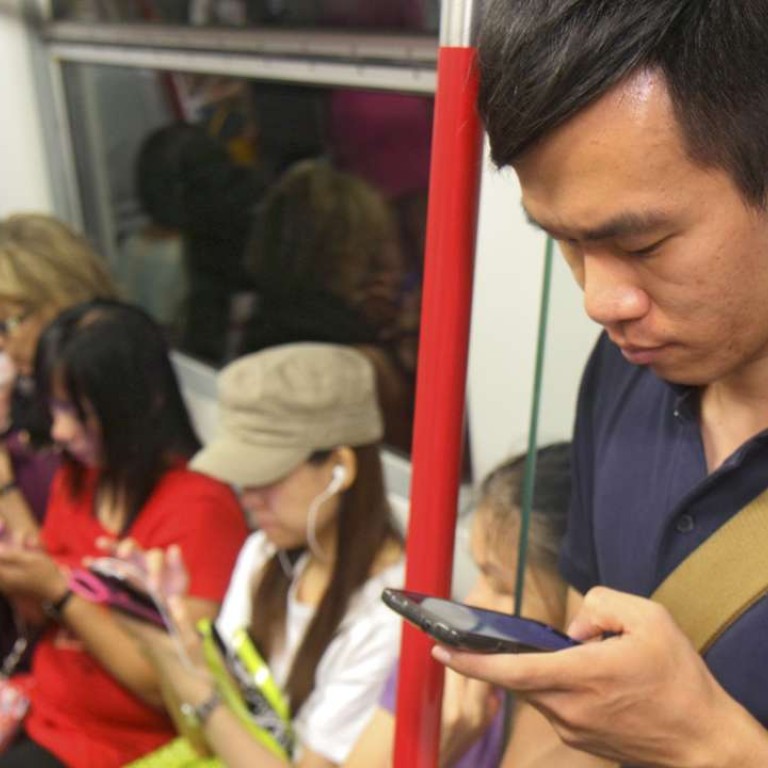
Thinxtra to roll out Internet of Things network in Hong Kong next year
The Australian company will deploy a low-power wide-area (LPWA) network allowing devices to connect with minimal energy use
Australia-based infrastructure provider Thinxtra will roll out an Internet of Things (IoT) network in Hong Kong next year to cater to the growing importance of IoT in the city.
The company, which works with connectivity provider Sigfox, will deploy a low-power wide-area (LPWA) network which allows devices to connect across a wider distance, with minimal energy usage.
The expansion in Hong Kong is the company’s first foray into a market outside of Australia and New Zealand.
“We’re bringing our expertise and experience to Hong Kong to support its ongoing transformation into a smart city and a leader in IoT adoption and development,” said Murray Hankinson, managing director for Thinxtra in Asia.
“We also see great potential for Hong Kong to be a world-leading design and manufacturing hub for IoT innovation, and we’re investing here to support this growth.”
Thinxtra is also working with the Hong Kong Science and Technology Park on research and development in the design of devices and sensors for IoT.
The Internet of Things refers to the development of a network in which every day objects, vehicles and buildings and devices are connected to one another.
Murray said that the IoT network in Hong Kong could be deployed for a variety of markets, including buildings, the environment and even utilities.
For example, sensors could be installed at car parks to monitor the number of available parking lots, or used to monitor water and electricity, he said.
Such devices would cost less than US$30 to operate each year, and have a remarkably long battery life of up to 10 years thanks to the minimal energy required for it to run on an LPWA network, according to Hankinson.
He added that the IoT devices and solutions developed in Hong Kong could be exported to international markets.
Hong Kong is one of many cities around the world that is actively exploring the feasibility of “smart city” development, where IoT solutions are used to more efficiently manage a city’s resources.
The 2016 Policy Address announced that the Innovation & Technology Bureau (ITB) will collaborate with research institutions as well as public and private organisations to come up with a digital framework and standards to develop Hong Kong transform into a smart city.

